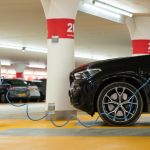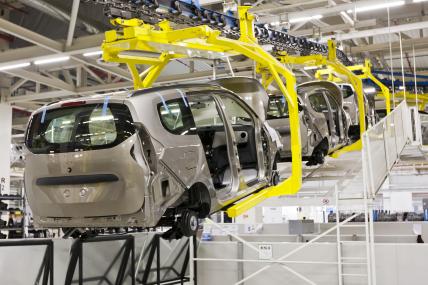There are over 10 million passenger electric vehicles (EVs) on the road today. That number is expected to rise dramatically, up to 145 million by 2030.
But who is buying them?
What does the average consumer look like in terms of demographics and how are they interacting with their EVs and existing infrastructure?
In this rundown of the 2021 EV Consumer Behavior Report from the Fuels Institute, we’ll give you an outline of who’s purchasing EVs, what the EV driving/fueling routine looks like and how those things are expected to change in the future.
Demographics
As of 2020, owners of EVs were predominantly middle-aged white men earning more than $100,000 per year.
- Men make up 75% of individuals who purchase battery-electric vehicles (BEVs).
- People aged 55+ make up 53.6% of BEV owners.
- Those earning $100,000+ annually make up 57% of BEV owners.
- 87% of EV owners in the U.S. are white.
The demographics are largely similar for plug-in hybrid electric vehicles (PHEVs).
While the number of EVs sold has grown exponentially over the past 10 years, the demographic spread has remained mostly the same. Mileage driven, however, has increased from an average of 100 miles to 250 miles per week.
When/Where Do People Recharge?
The preferred charging location remains the home. While the number of locations that offer public charging is increasing, that isn’t expected to change anytime soon. EV drivers report that 51% of charging takes place at home.
Workplace charging (16%) has emerged as the second most common method of recharging for EV owners.
Other charging locations are at on-the-go locations like gas stations and shopping destinations like grocery stores and malls.
What People Do While Recharging
There’s mixed results about whether providing EV charging stations at shopping destinations and gas stations is beneficial for the business owners.
At Kohl’s and Target, pilot programs that provided EV chargers for customers saw those customers spend 20 minutes more in-store than non-EV drivers for Kohl’s and three times more time in-store for Target.
Target also found that drivers spent approximately $1 per minute more on average at the store. The gross additional revenue was estimated to be around $56,000, while the cost of electricity for the charger was estimated to be $430 during the test period.
Additionally, the National Car Charger’s 2019 survey found that 81% of respondents said the presence of an EV charger at a business made them more loyal to that business. EV chargers can also boost a business’s “green” image and attract new customers.
On the other hand, the same benefits might not apply at gas stations and roadside convenience stores. The cost of installing a public Level 2 charging station – one that provides a full charge in anywhere from 3-6 hours – could be between $2,500 and $4,900, and a Fast Charger – one that charges in 30-60 minutes – can cost between $20,000 and $150,000 per station.
To offset those costs and the cost of electricity, customers would need to spend at least $312 for gas stations and convenience stores to break even and far more for them to make a profit. The average driver currently spends between $8 and $11 per visit.
Potential Changes for the Future
As the number of EVs increase as projected, a lot is expected to change. Everything from ownership demographics to charging locations will shift.
EVs are becoming cheaper, meaning that the previously-prohibitive cost of entry to owning an EV is shrinking. As that happens, the average income bracket, owner age and gender are expected to broaden and be more balanced.
As people from lower income and age brackets purchase EVs, the number of owners without dedicated home charging stations is projected to increase. This change could lead to a shift in the dominant charging sites.
With more EV owners living in apartments and similar housing situations, the need for and usage of public charging stations will likely increase. That means charging sites at workplaces, shopping destinations, dedicated fueling centers and other locations could increase .
Just as the number of EVs will change drastically in the near future, the kinds of people who buy them and the existing infrastructure will change too.






